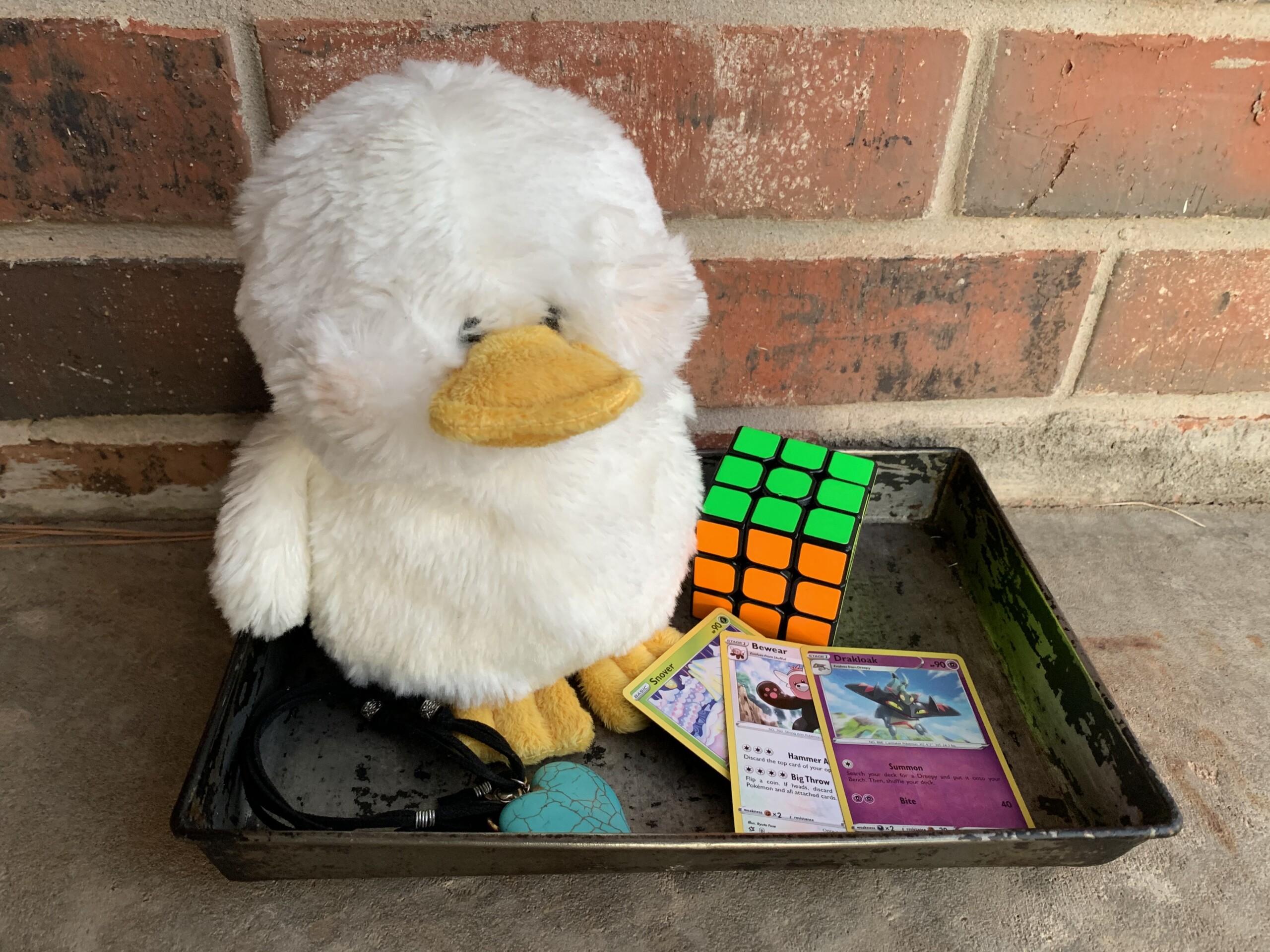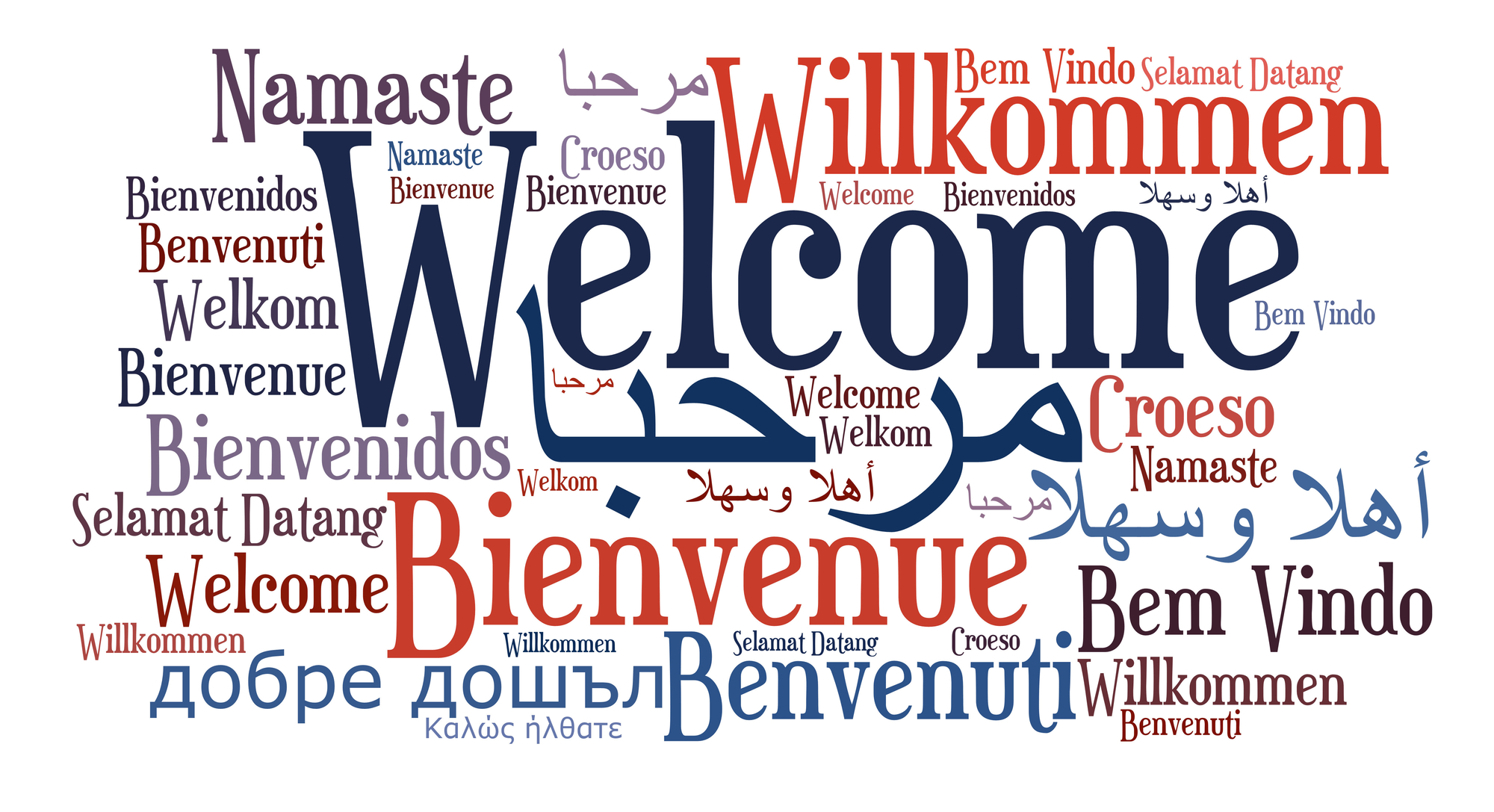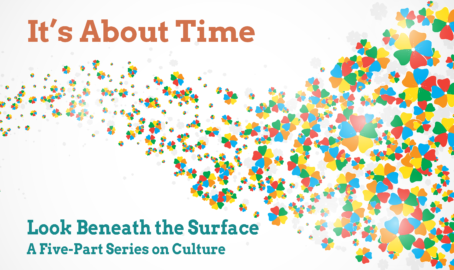Let me share a story I heard about a hobby and game obsession from a young man at the tender age of 12…
“So, you go to this one place in a city that’s pretty much just a circle and you stick a dime under the little control pad and it keeps you going in a circle. You have to take a certain number of steps to make an egg hatch. You do that for about five minutes and then it hatches the egg.
To get the egg, you have to put in a Pokémon of one gender and a Pokémon of a different gender either of the same type of Pokémon, or this one type of Pokémon called Ditto, ‘cause it can hatch any Pokémon. Then, you leave them in the daycare for a while and you come back and there’s an egg, usually. If you’re lucky, like really lucky, you can get a shiny Pokémon from one of the eggs. It’s rare, and it just looks cool. It’s a different color usually from what the regular Pokémon looks like.
This one is a Torchic. It’s a bird that’s a chicken that’s a fire-type Pokémon. He has a special ability called Speed Boost which, at every turn, its speed goes faster. That’s good because you have more ability to attack before your opponent attacks.”
(Nick, twelve-year-old boy, personal communication)
It is apparent from reading Nick’s oral account that he has developed a significant understanding of the mechanics, purpose, and strategy attached to hatching eggs within the Pokémon video game context. This sophisticated understanding is part of his home literacy as he talks about Pokémon with family and friends, makes written lists of his plans to purchase additional Pokémon objects, negotiates deals for trading related possessions, navigates the Web to find tutorials to further develop his game play, and teaches others the skills and strategies needed for effective Pokémon participation.
Unfortunately, Nick’s Pokémon knowledge, cards, and video game are not welcome in his seventh-grade classroom. They are not seen as vital to his literacy development nor his progress toward acceptable performance on standardized assessments. Thus, the gap between home and school literacies in Nick’s life widens.
This does not have to be.
Last week, I talked about artifactual literacy and how artifacts, like Nick’s Pokémon cards, could be a bridge to the traditional literacy practices required by all students in school today. Unlike Nick’s teachers, many educators do understand the importance of objects in the classroom. However, it can still be easy to overlook how artifacts can be useful, and not just a distraction to students.
Benefits of Artifacts in Your Classroom
Artifacts are beneficial for ELs for a number of reasons:
- They allow ELs to be an expert. As they are talking or writing about the life experiences attached to their artifacts, they are the expert. No one understands their memories the way they do. Only they can explain in speech or in writing as well as they can.
- Welcoming artifacts into the classroom demonstrates value for ELs’ native language and culture.
- Sharing artifacts in class allows all students to learn about other cultures or ways of life.
- They help all students to see that their experiences have commonalities with others, but that there are also differences. They learn there are different, but still valid, ways of seeing the world.
Leveraging Artifacts in Your Classroom
Below are some ways to incorporate your ELs’ treasured, or newly created, artifacts into your literacy instruction.
- Artifacts can offer speaking and listening opportunities. Encourage students to bring an object from home. In small groups, they can tell each other about their objects. You might even consider audio recording these sessions so that the stories can be utilized in later lessons.
- After talking about their artifacts, students can write about them. The oral storytelling is a great rehearsal for what they want to write. If the storytelling occurred in their native language, the writing could happen in both the native language and English.
- In pairs, students can exchange artifacts for a limited time. Using their creativity, they can write about their partner’s artifact. Where do they think it came from? Why is it special? What memories does it evoke? Alternatively, they could write a fictional account with the artifact as a main character. After sharing their writing with their partner, students can learn about the significance of the artifact to the owner.
- Artifacts can be treasured items brought from home, but they can also be newly created. Students can be allowed to create a 3D model of a character, setting, significant object, or symbol from a story read in class. Their creations can serve as anchors to remember the story’s theme or content.
- Newly created artifacts can spur additional writing projects or discussions. Just as I mentioned recently in reference to the value of pictures for writing, artifacts can serve as anchors for students to refer to while writing. This allows them to focus on the difficult task of writing in their second language rather than also trying to remember what they want to write.
As tempting as it may be to confiscate items students bring from home so they won’t serve as a distraction, instead, consider how you can use them to spur your ELs’ literacy development.
The Dear Dr. Mooney community would love to learn how you have chosen to use artifacts in your classroom. Share in the comments, please!









